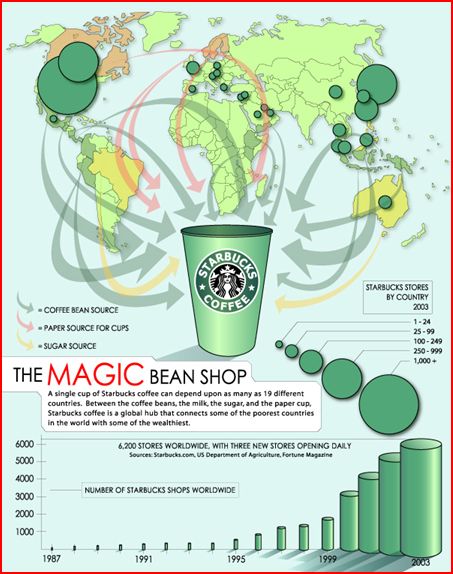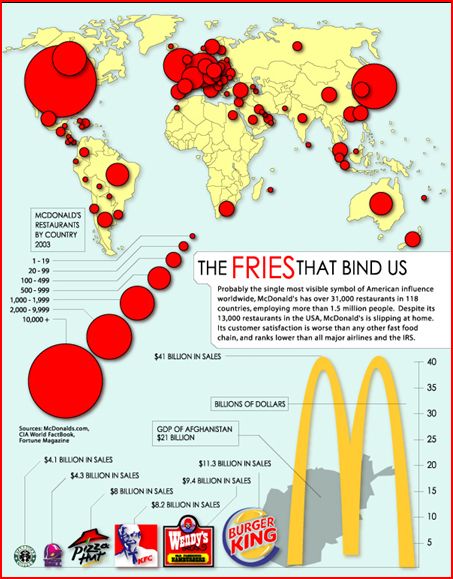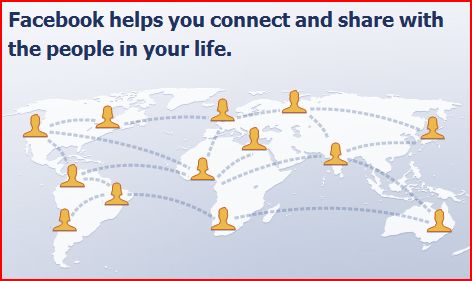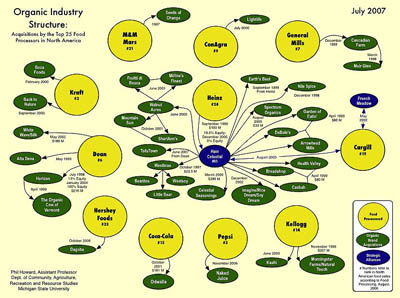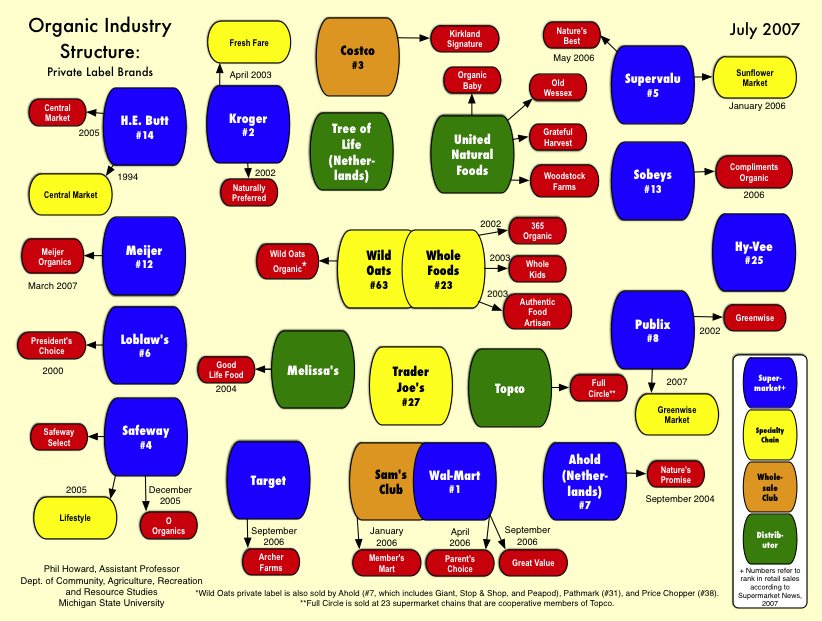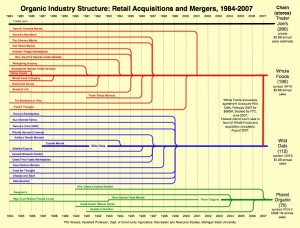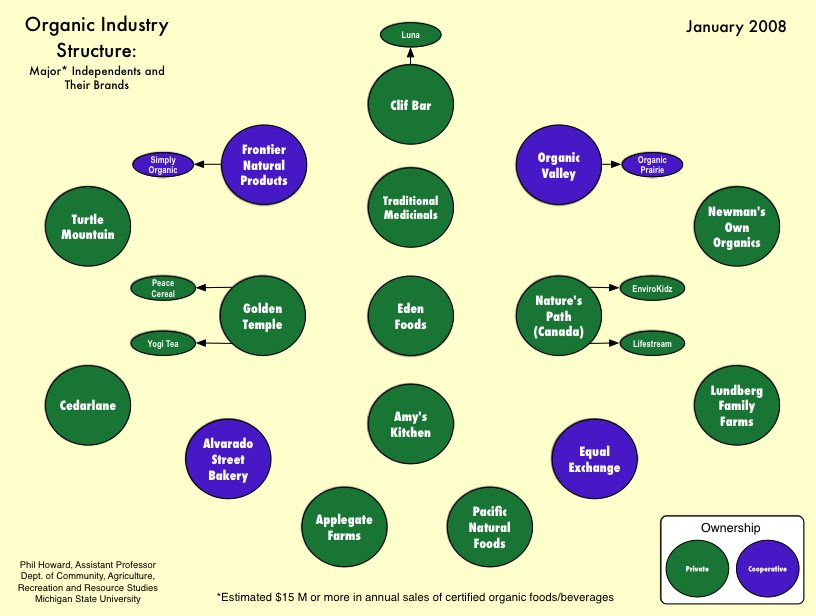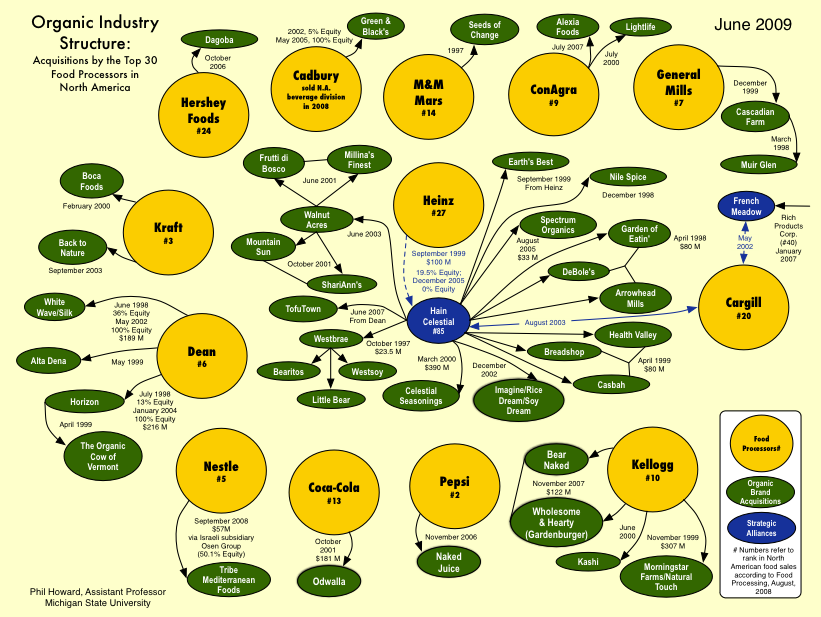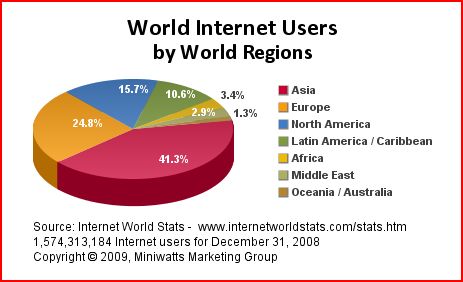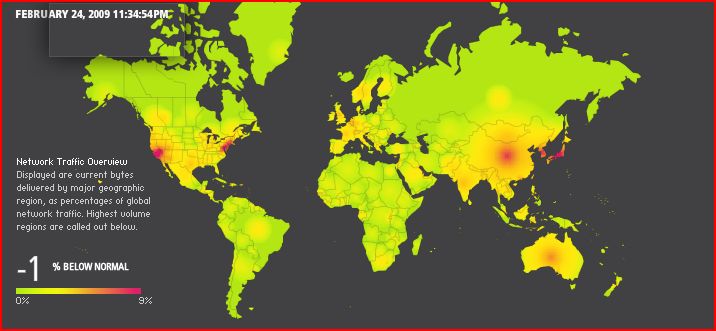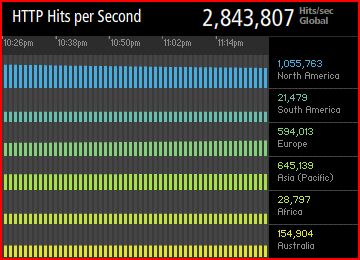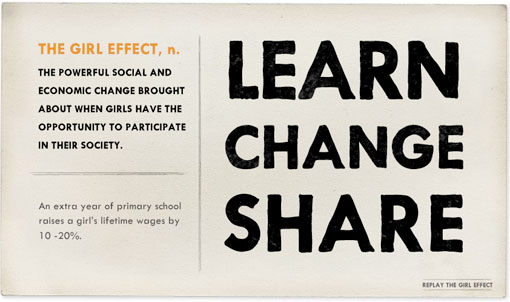
In this video clip, Naomi Klein, author of The Shock Doctrine and other works on globalization and economic change, discusses what she calls “disaster capitalism,” or the use of disasters or “shocks” (whether natural or human-caused) as an opportunity to impose a certain type of global free-market capitalism that often would be impossible during “normal” times. At the beginning she’s discussing the specific example of the Iraq War, but that’s just one of many examples you could use.
Klein’s argument is that globalized free-market capitalism didn’t spread around the world by some natural process, or by simply winning in a “battle of ideas,” but rather was often opportunistically extended by companies in the wake of disasters, when nations and citizens were often in no position to debate or resist economic change in the face of more immediately pressing matters.
If you are very interested in the topic, here’s a lecture by Klein:
[youtube]http://www.youtube.com/watch?v=hA736oK9FPg[/youtube]
See also our post on The Story of Stuff, Mickey Mouse Monopoly, and old pro-capitalism propaganda.
Gwen Sharp is an associate professor of sociology at Nevada State College. You can follow her on Twitter at @gwensharpnv.

